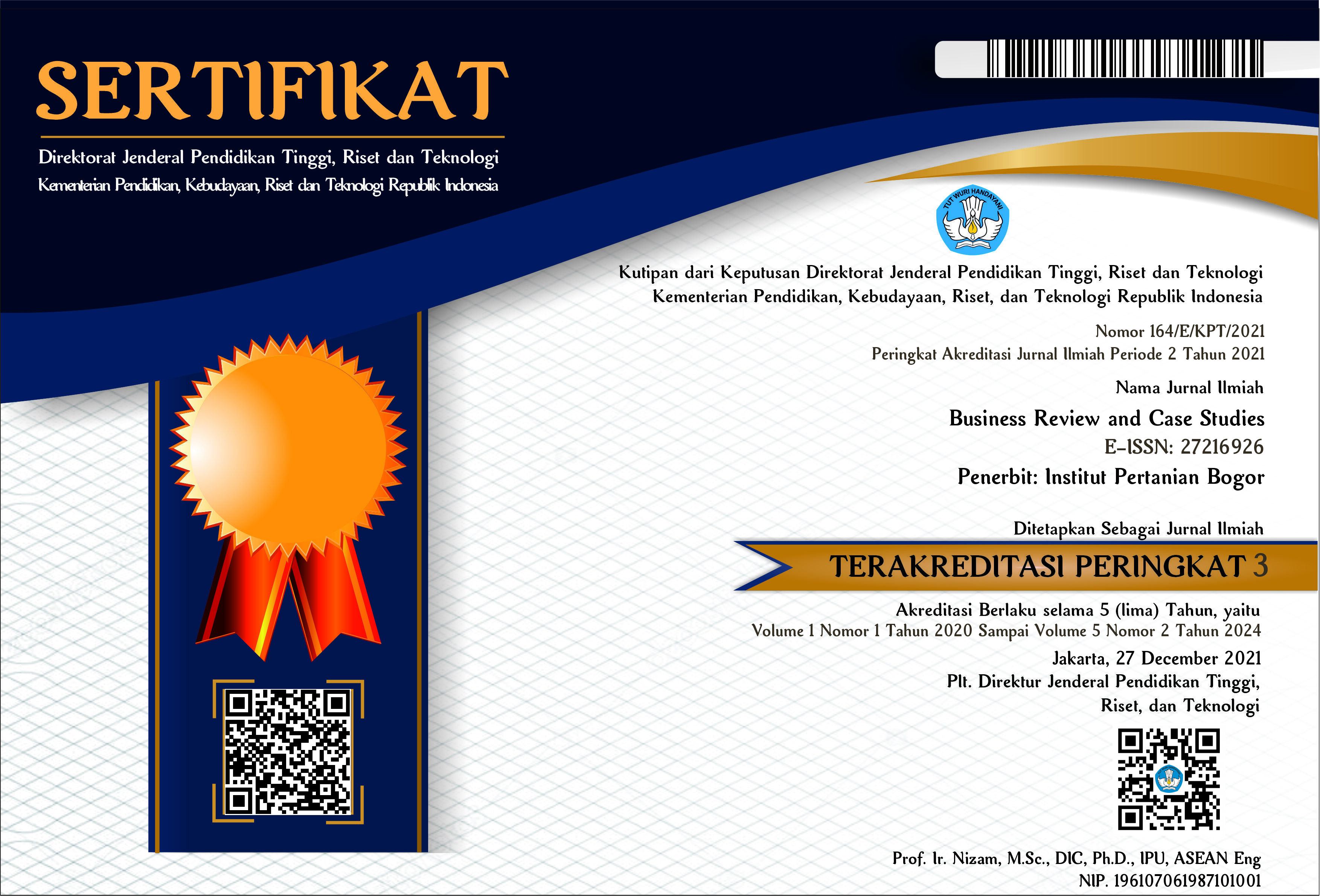Determine Factors in The Use of Syariah Banking Mobile Apps Case Study in Bank Syariah Indonesia
Abstract
This study aims to explore, measure, and analyze the factors that influence the intention to use the Bank Syariah Indonesia Mobile Application in the DKI Jakarta area. Researchers took a sample of 150 respondents using the BSI Mobile Application who are domiciled in DKI Jakarta. The research method used in this research is Structural Equation Modeling Partial Least Square (SEM PLS). where the hypothesis in this study is that there are six factors such as perceived ease of use (EU), perceived usefulness (PU), Trust (TR), expected performance (PE), social influence (SI), facilitating condition (FC), and intention to use behavioral BSI Mobile (BI), where there are two variables that have a positive effect on the intention to use BSI Mobile in the DKI Jakarta area, namely expected performance and facilitating condition. For variables that do not affect behavioral intention to use BSI Mobile, there are four variables, namely perceived ease of use, perceived usefulness, trust and social influence. This study proposes several recommendations for developing mobile banking to help customers gain more insight about banks and actively choose the BSI Mobile Application as a reliable transaction method. The reason customers use BSI Mobile is to simplify financial transactions. From six variables, there are two variables namely Expected performance and Social influence that have a very significant effect on behavioral intention to use BSI Mobile in the DKI Jakarta area. A scenario planning was designed as an alternative development strategy for increasing Bank Syariah Indonesia Mobile which is compiled using the TAIDA (Tracking, Analyzing, Imaging, Deciding, Acting) method.
Keywords: behavioral intention, expected performance, facilitating condition, perceived ease of use, perceived usefulness, social influence







.jpg)






